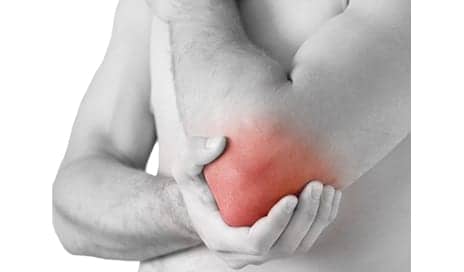In a prospective cohort study, researchers analyzed the relationship between elbow varus torque and such pitching movements as arm slot, arm speed, and shoulder rotation as variables that could lead to elbow injuries among baseball players.
Participants included 81 professional pitchers (either in the Major or Minor Leagues) who threw 81,999 pitches while wearing a Motus baseball sleeve. To obtain their data, the researchers evaluated the pitchers’ throwing biomechanics during live game play, as opposed to in a laboratory.
“Obtaining this comprehensive, individualized analysis of on-field throwing activity was made possible by technological advancements that give us the ability to accurately measure body motions outside the lab,” says Joshua Dines, MD, sports medicine surgeon at HSS and primary investigator, in a media release from Hospital for Special Surgery.
“Capturing data during the pitchers’ normal activities provided us with robust, baseline biomechanical performance metrics,” Dines adds.
The study found that arm slot, arm speed and shoulder rotation all have a significant relationship with elbow varus torque. There was a 1-nm increase in elbow varus torque associated with a 13-degree decrease in arm slot, a 116% increase in arm speed, and an 8-degree increase in shoulder rotation.
Increased arm speed and shoulder rotation were found to be associated with increased elbow stress as well as decreased arm slot. Height and weight were also positively correlated with elbow varus torque, per the release.
“Now that we know these modifiable risk factors, we have a foundation to develop evidence-based rehabilitation programs. Additionally, these findings can be utilized to prevent injury and help to identify potential pitchers at risk,” states David Altchek, MD, sports medicine surgeon at HSS, in the release.
The study was presented recently at the American Academy of Orthopaedic Surgeons’ Annual Meeting.
[Source(s): Hospital for Special Surgery, PR Newswire]





